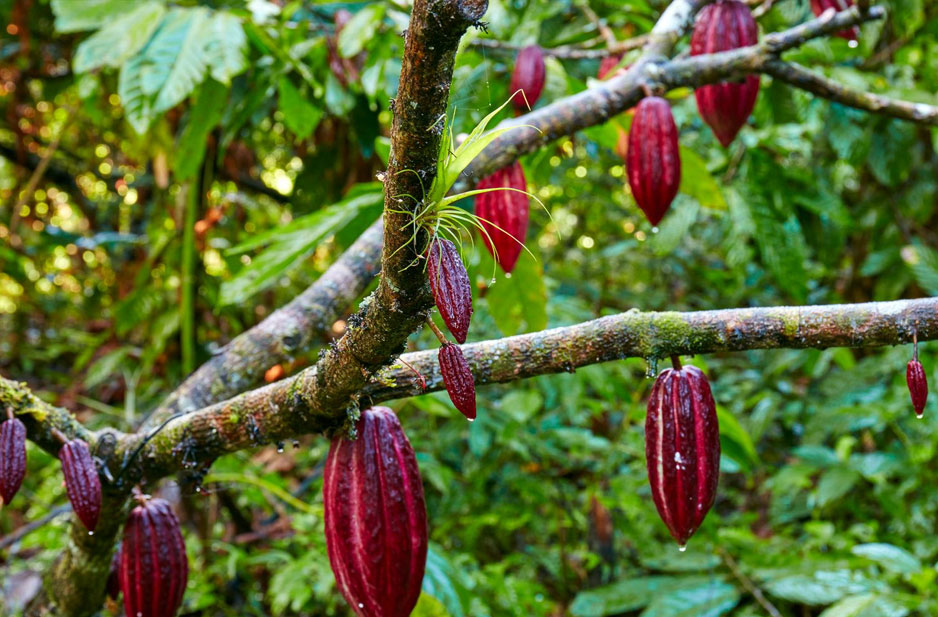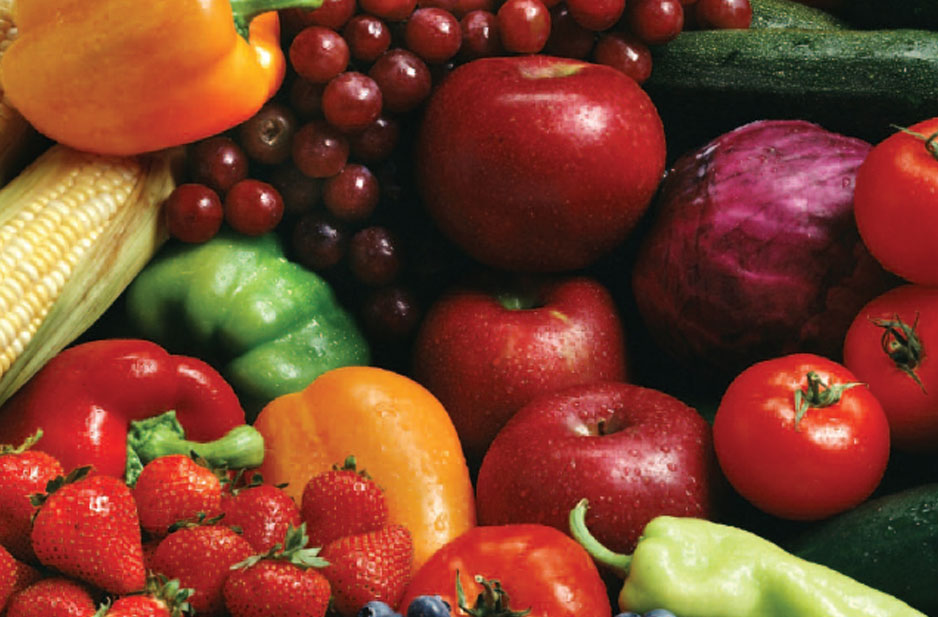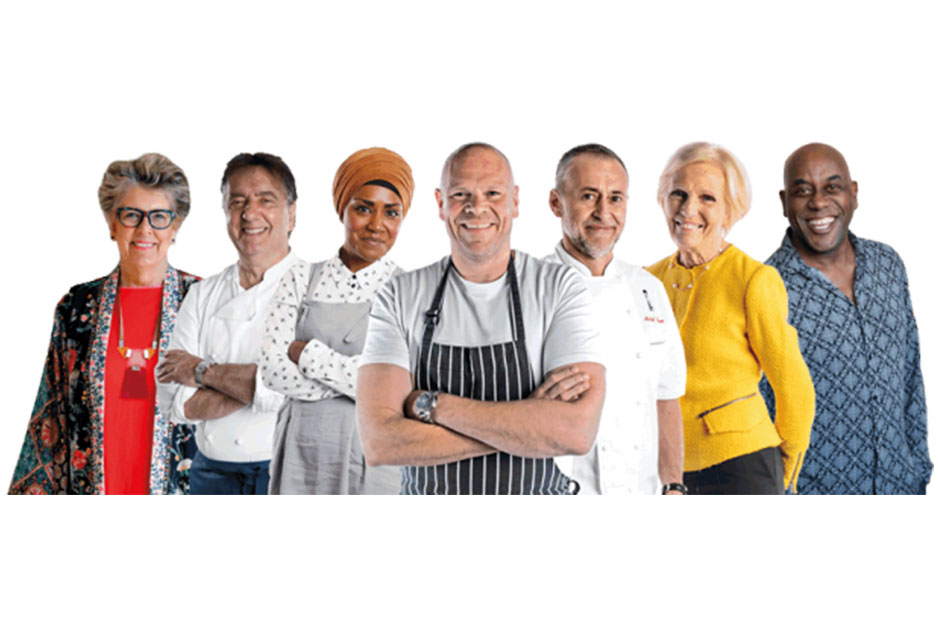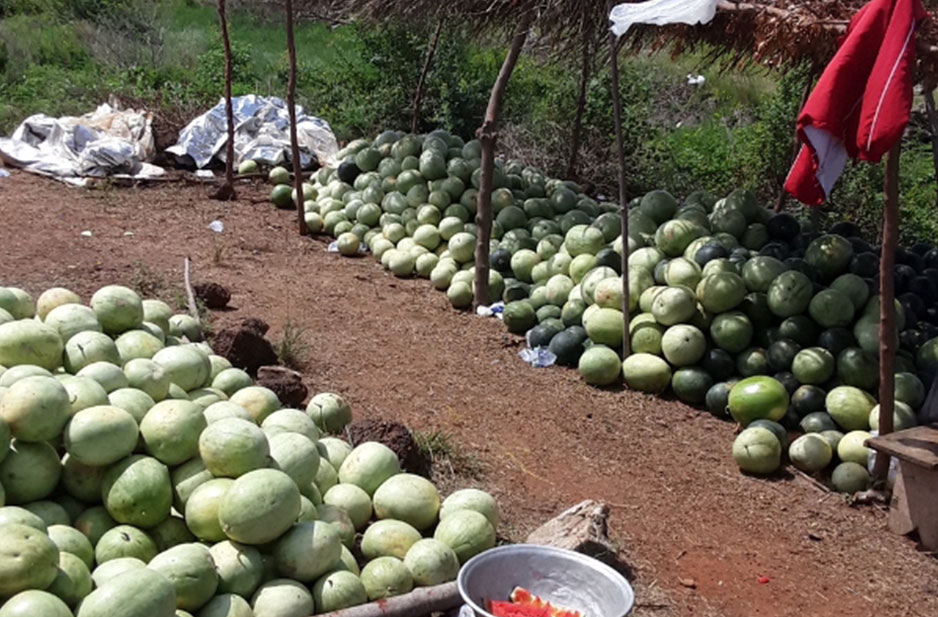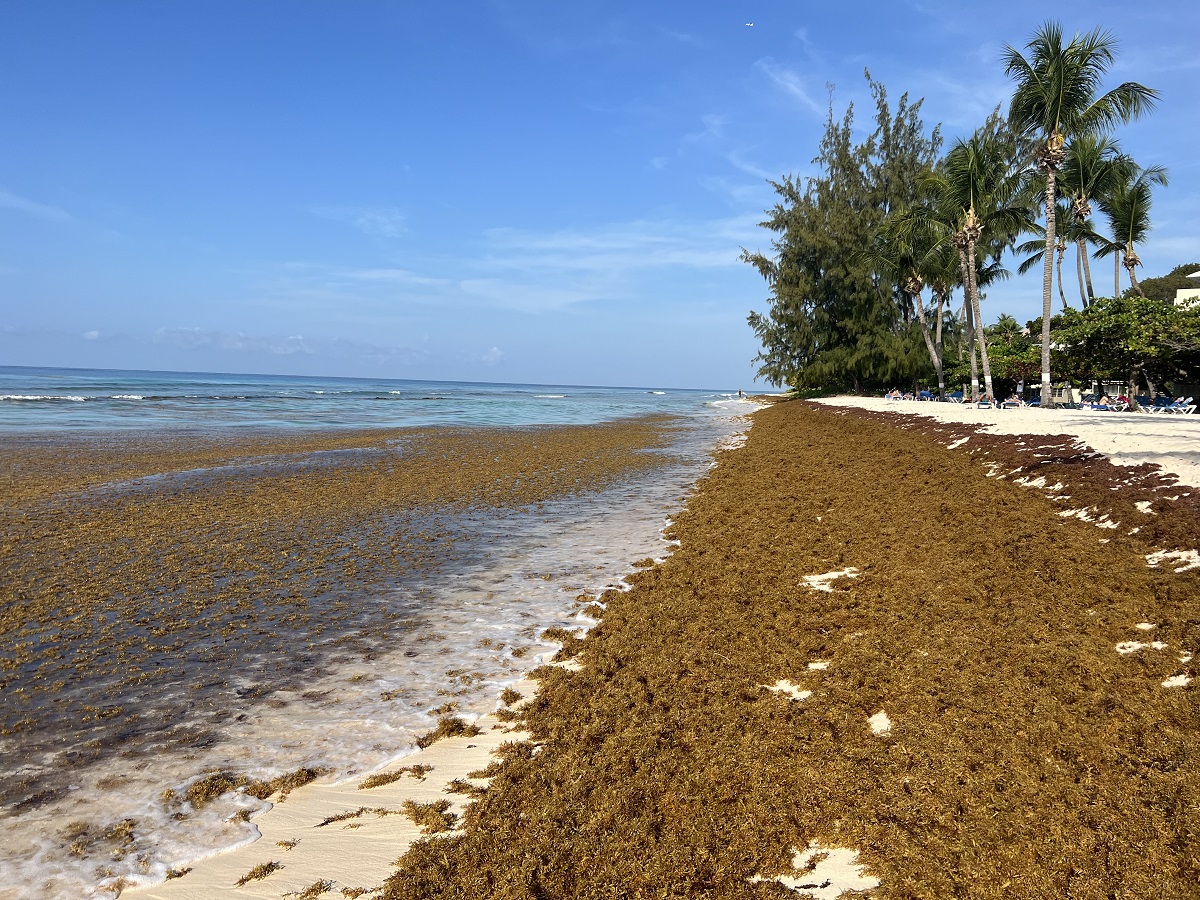COCOA IS THE TREE OF THE GODS
The Cocoa tree bears fruit on its trunk and branches. They are called pods. The pods contain seeds which are called cocoa beans. The beans are the main source of chocolate.
Ghana is highly favourable for growing cocoa. Cocoa is the most important agricultural commodity Ghana produces and the mainstay of Ghana's economy. Apart from gold, diamond, manganese and bauxite. Cocoa production occurs in the country's forested areas: Ashanti, Brong-Ahafo, Central Region, Eastern Region, Western Region, and Volta, where rainfall is 1,000-1,500 millimeters per year. It requires high rainfall and temperatures to grow, as well as rainforest trees to offer shade and protection from too much light and damage caused by wind.
Cacao trees grow in a limited geographical zone, of about 20° to the north and south of the Equator. The word "cocoa" comes from the Spanish word cacao, which is derived from the Nahuatl word cacahuatl. The Nahuatl word, in turn, ultimately derives from the reconstructed Proto Mije-Sokean word kakawa.
Cocoa is the dried and fully fermented seed of Theobroma. The word theobroma derived from the Greek for "food of the gods"; from the Greek word "Theos", meaning 'god', and (broma), meaning 'food'.
In the year 1870, a man name Tetteh Quarshie undertook a voyage to the Spanish colony Fernando Po (now Bioko in Equatorial Guinea). About six years later he returned to Ghana with several cocoa beans (the Amelonado) and made history.
70% of the world's cocoa beans come from four West African countries: Ivory Coast, Ghana, Nigeria and Cameroon. The Ivory Coast and Ghana are by far the two largest producers of cocoa: together they cultivate more than half of the world´s cocoa.
In Australia, Cadbury uses high-quality cocoa beans sourced from Ghana in West Africa and Asia. Most of the world's cocoa is grown in a narrow belt 10 degrees either side of the Equator because cocoa trees grow well in humid tropical climates with regular rains and a short dry season.
It takes about 5 years for the tree to bear fruit, has a peak growing period of 10 years, but can extend for decades. Cacao pods take 4-5 months to grow, several weeks to ripen, and are cut from the tree with a sharp blade.
This food for the gods has so many benefits of the powers of healing.
In Ghana, we used the dry seed to the prepared soup. When you have stomach upset, you can chew the seed and is very rich in polyphenols, which reduces the inflammation and improve cholesterol levels and improve blood flow for good function of the brain.it also reduces the risk of the heart the attack, heart failure and stroke.
The cocoa powder has a lot of health benefits, very rich in flavanols which help to reduce high blood pressure by improving the nitric oxide levels and blood vessel function.
Cocoa products decrease the polyphenol in your body by fighting a disease like asthma, peptic cancer, and diabetes.
Cocoa has Antibacterial properties which can stimulate the immune system, fight the bacteria that cavities and also help to protect the skin to dehydrate.

